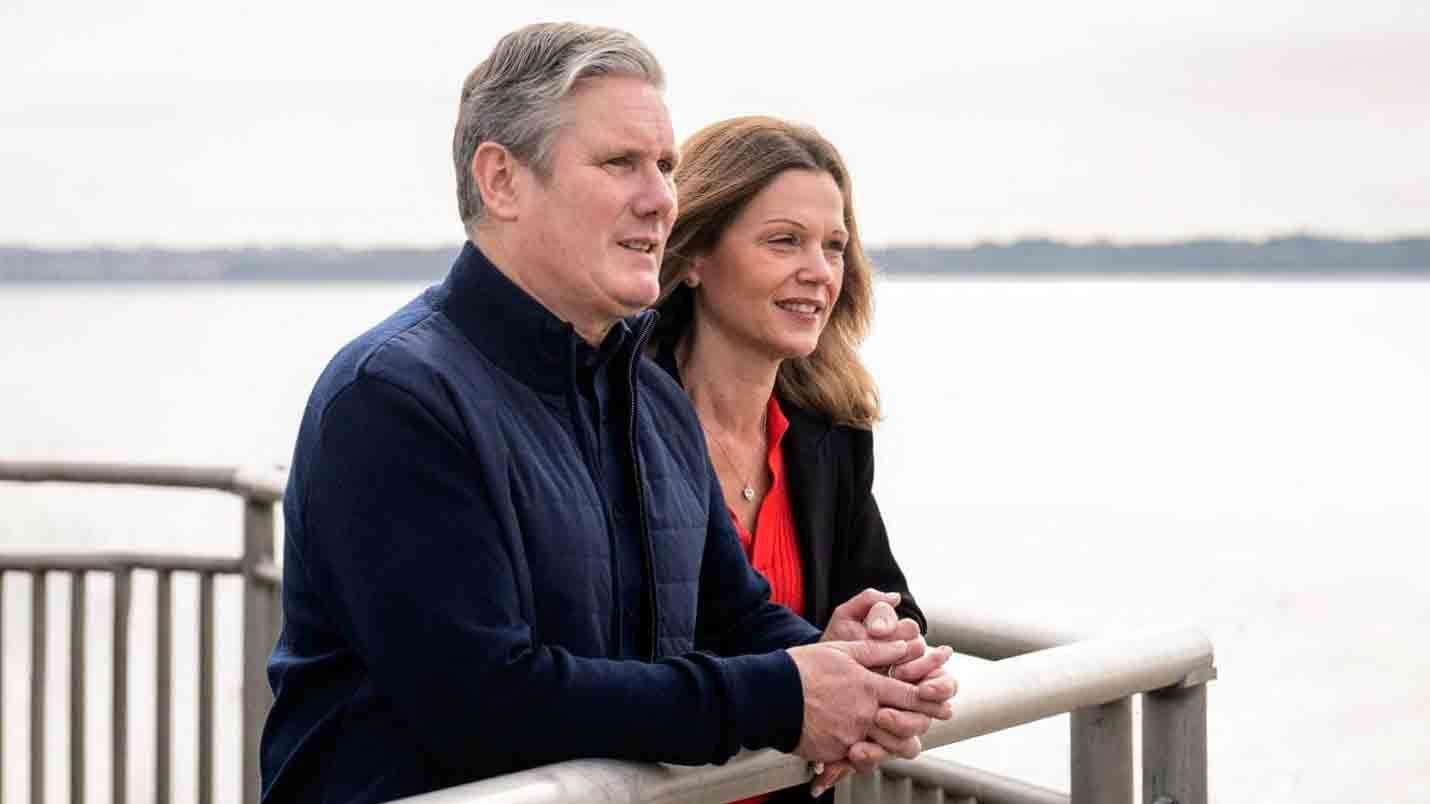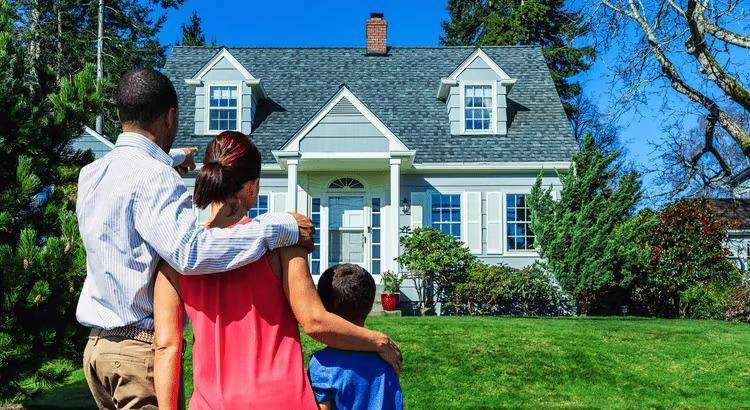Across the UK, the aspiration of owning a home is increasingly out of reach for low-income individuals and a disproportionately high number of Black, Asian, and Minority Ethnic (BAME) communities. While luxury developments are common, affordable housing options are scarce, worsening existing inequalities and creating a significant divide in Britain's housing market.
New apartment blocks in cities like Manchester, once seen as an escape from London's high costs, now mirror the capital's unaffordability. In 2024, the average house price in England is 7.7 times the average earnings, nearly double the ratio from 1999. For low-income households, whose median incomes dropped by 6.6% between 2019/20 and 2022/23, this gap is immense.
The Disappearing Ladder
The path to homeownership is increasingly difficult due to several factors:
- Skyrocketing Costs: While average earnings have risen by 20% since 2021, house prices have also surged, making it challenging to save for a deposit. The average private rent in the UK increased by 9.1% in the 12 months leading to November 2024, reaching £1,362 per month in England. In 2023-24, private renters spent 34% of their income on housing, compared to 19% for mortgagors.
- Declining Social Housing: The supply of social housing, vital for many low-income families, continues to decrease. England lost 650 social homes in 2023/24, with over 20,500 properties sold or demolished, while fewer than 20,000 new ones were built. Only 16% of new below-market-rent homes in 2023-24 were for social rent, a sharp decline from 87% in 1992-93.
- Deposit Dilemma: Saving for a deposit remains a major obstacle. One-third of private renters in 2023-24 had savings between £5,000 and £15,999, far below what's needed for a down payment on most properties. Aspiring first-time buyers' primary concerns are house prices, saving for a deposit, and housing availability.
BAME Communities Hit Hardest
The housing crisis disproportionately affects BAME communities, who are more likely to experience housing poverty and live in poor-quality homes. Systemic racism and discrimination contribute to lower homeownership rates and a greater reliance on the often-insecure private rented sector.
- Poorer Quality Housing: People from BAME backgrounds are more likely to live in homes with significant issues. For example, over one in three (36%) of Bangladeshi people and more than one in four (29%) of Black African and Pakistani people aged 50 and over live in homes that are overcrowded, have shared facilities, or lack central heating.
- Health and Well-being Impacts: Overcrowding and poor housing quality contribute to health problems, increased accident risk, and mental health strain. About 1 in 4 private rented homes in England are classified as "non-decent."
- Heightened Vulnerability: BAME individuals also face a higher risk of fuel poverty and food insecurity. The "hostile environment" policies have been cited as a factor driving desperate living conditions.
Government Response and the Road Ahead
The government has pledged significant investment, including £39 billion in social and affordable housing to support the construction of 1.5 million new homes by 2029. However, the effectiveness of these initiatives for low-income and BAME communities is yet to be fully realized. While there's a focus on reinvigorating council housebuilding, critical gaps persist in direct support for low-income households and in ensuring truly affordable homes are built at the necessary scale.
With over 128,000 households in England currently living in temporary accommodation—a 160% increase since 2010—and 1.3 million people on social housing waiting lists, the scale of the crisis is undeniable. For low-income families, particularly British Bangladeshi and other British South Asian and BAME communities who face additional systemic barriers, homeownership remains a distant, perhaps impossible, aspiration. Without a significant policy and investment shift, the housing market may continue to serve primarily the wealthy, leaving millions behind.








.svg)


.jpg)